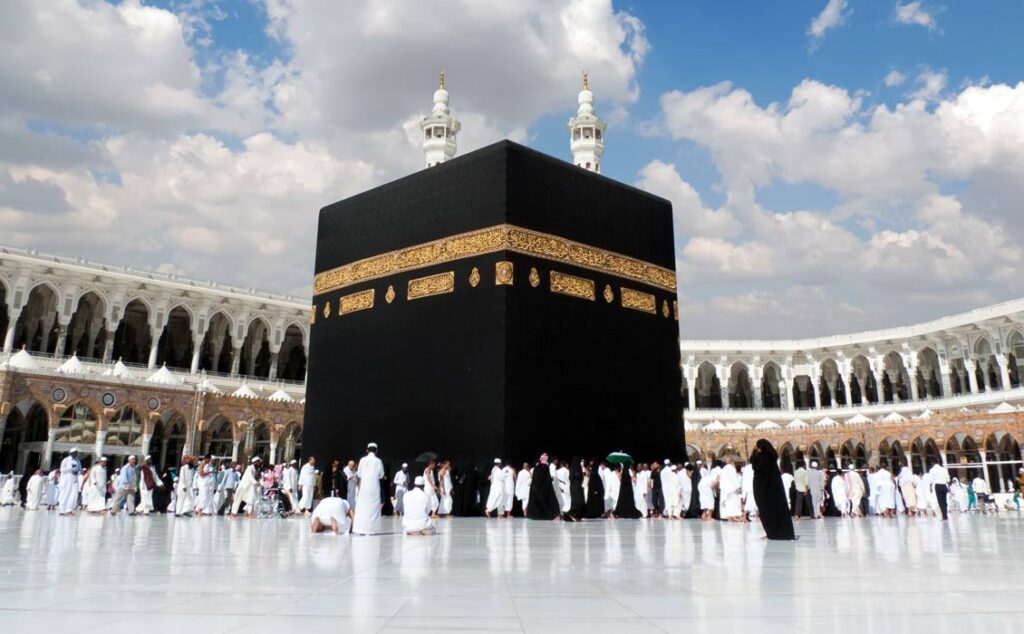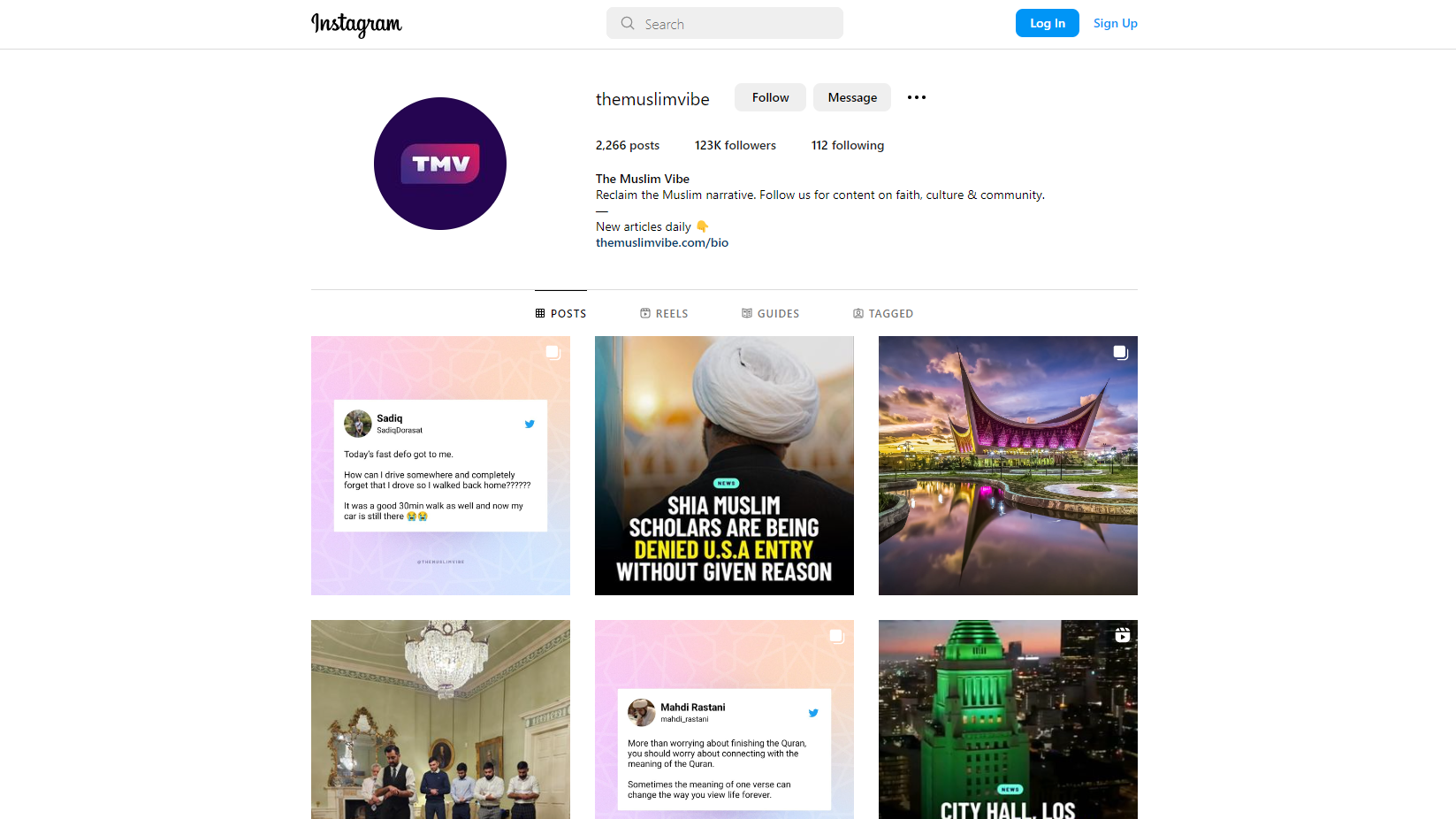This week I want to focus on the religion of Islam, mainly because it is Ramadan. Ramadan is a cherished and devout time for all Muslims since this is the time where fasting and recitations of the Holy Quran are done daily for 30 days. The fasting period is from sunrise to sunset, and no food or water can be consumed. The purpose of fasting is to allow Muslims to better themselves in their religious practices and their morals or values. Although it can be difficult to fast every day for a month, Ramadan allows Muslims the time to recognize the importance of familial and other relationships, and to center more on charitable actions. Islam in its entirety enforces these good habits, and there is a plethora of digital innovations that facilitate followers in reaching their spiritual or religious goals.
One notable facet of technology that is used in Islam is at the Kaaba. The Kaaba is a holy site located in Mecca, where hundreds of thousands of Muslims complete Hajj every year. Hajj is an Islamic pilgrimage that must be done by every Muslim at least once in their lifetime. Once at the Kaaba (pictured below), Muslims will recite a prayer continuously while circling the Kaaba. During the COVID-19 pandemic, one effective way the Saudi government made sure of controlling the capacity of visitors was by distributing individual high-tech ID cards that connect to mobile applications. These ID badges helped the government track individual pilgrims’ movements and were used as a form of payment for surrounding businesses or shops as well. Even pilgrims’ attire can be laced with nanotechnology, that helps in killing bacteria and making the cloth water resistant. The Saudi government clearly took very advanced measures during the pandemic to ensure a safer Hajj for Muslims.

After the pandemic, the Saudi Arabian government still implemented their crowd control technology. Millions of people travel from all over the world to Mecca, so using facial recognition technology and thousands of cameras and security systems allows for a safer pilgrimage on a massive scale.
Digital innovation has shaped other aspects of Islam as well. Since the release of smartphones, Muslims have no longer had to rely on carrying a physical copy of the Quran or other prayer books because there are now applications that allow full access to a digital copy. These apps go even further in helping Muslims maintain their practices by accompanying lines of the Quran with live recordings to aid in pronunciation and English translations of each line. Additionally, numerous applications utilize the smartphone’s built-in compass to show the correct direction of prayer. All Muslims pray towards the Kaaba, regardless of where they are located, so the convenience of using one’s phone to ensure prayer is done in the right direction assists Muslims globally, especially during the holy month of Ramadan when prayer is more frequent.

Lastly, the most effective component of digital innovation in Islam is social media. Various social media platforms such as TikTok and Instagram are used to promote Islamic practices and create a community for collective worship. Popular accounts such as The Muslim Vibe and Quran Sayings influence believers and non-believers about the teachings of Islam and guide them to recite daily prayers. For example, during Ramadan several Islamic accounts will post about important information regarding the holy month such as sunrise and sunset times, specific Duas, or prayers, that Muslims can recite, and reinforce important concepts relayed from the Prophet Muhammed (SAW). On the other hand, there is a rise of more liberal and western influences on Muslim social media users, which most Muslim scholars or Sheikhs believe to be a negative impact on the religion. Some argue that social media changes followers’ views on traditionalism and conservatism in Islam and their religiousness and piety. The overarching goal of social media, however, is to create a communal network for spreading the word of Allah (God) and safeguarding Islamic practices.

Technology and its endless capabilities have allowed not only Muslims but believers of other religions and philosophies to further expand their knowledge and practices. I look forward to seeing more changes in global religious observations with the innovation of technology and AI. Thank you all for reading and Ramadan Mubarak to those who celebrate!
